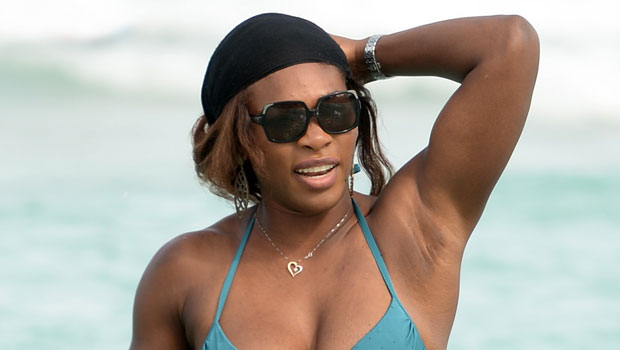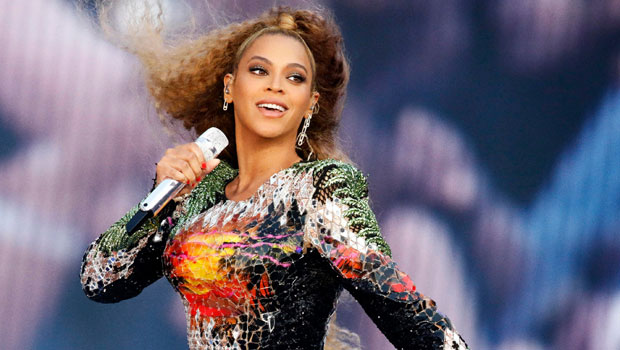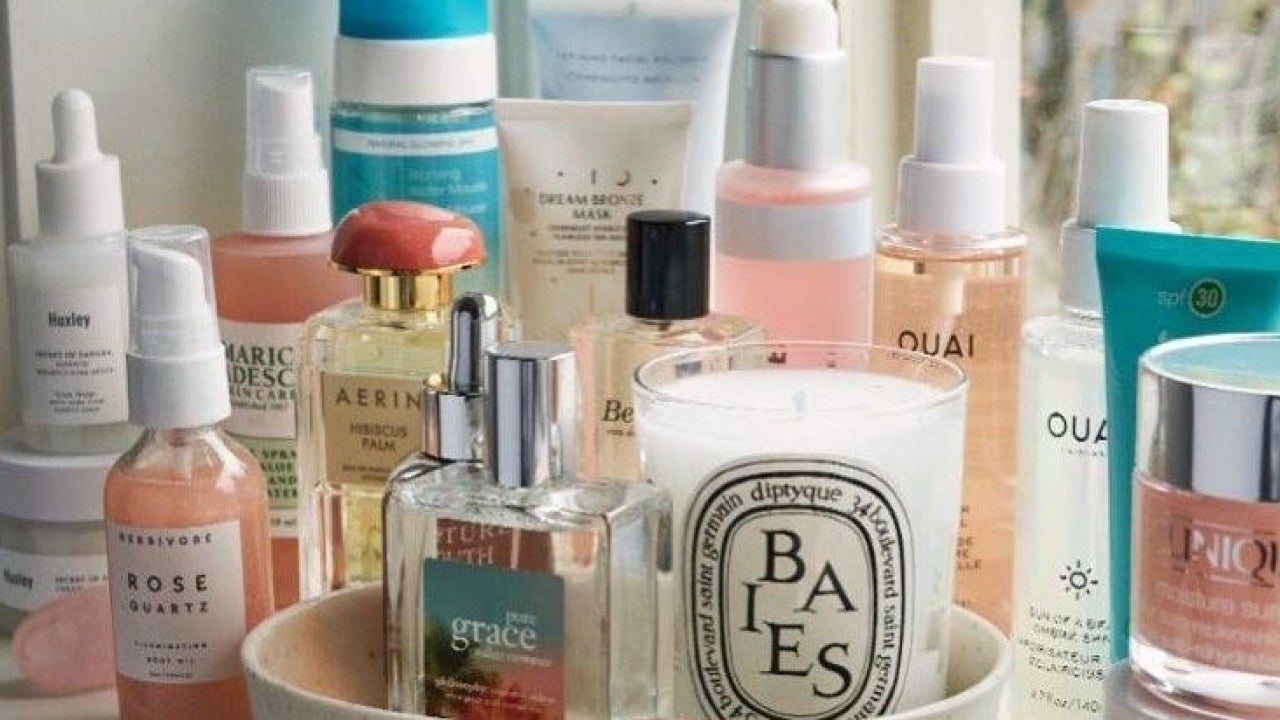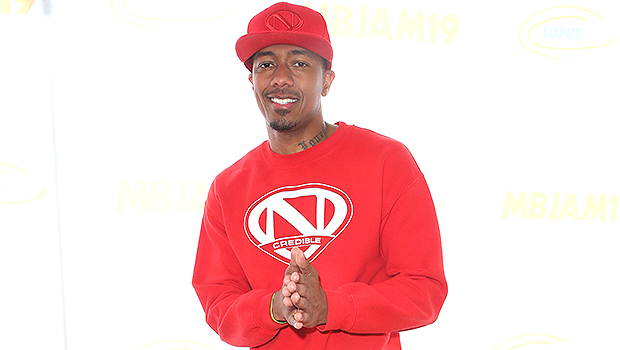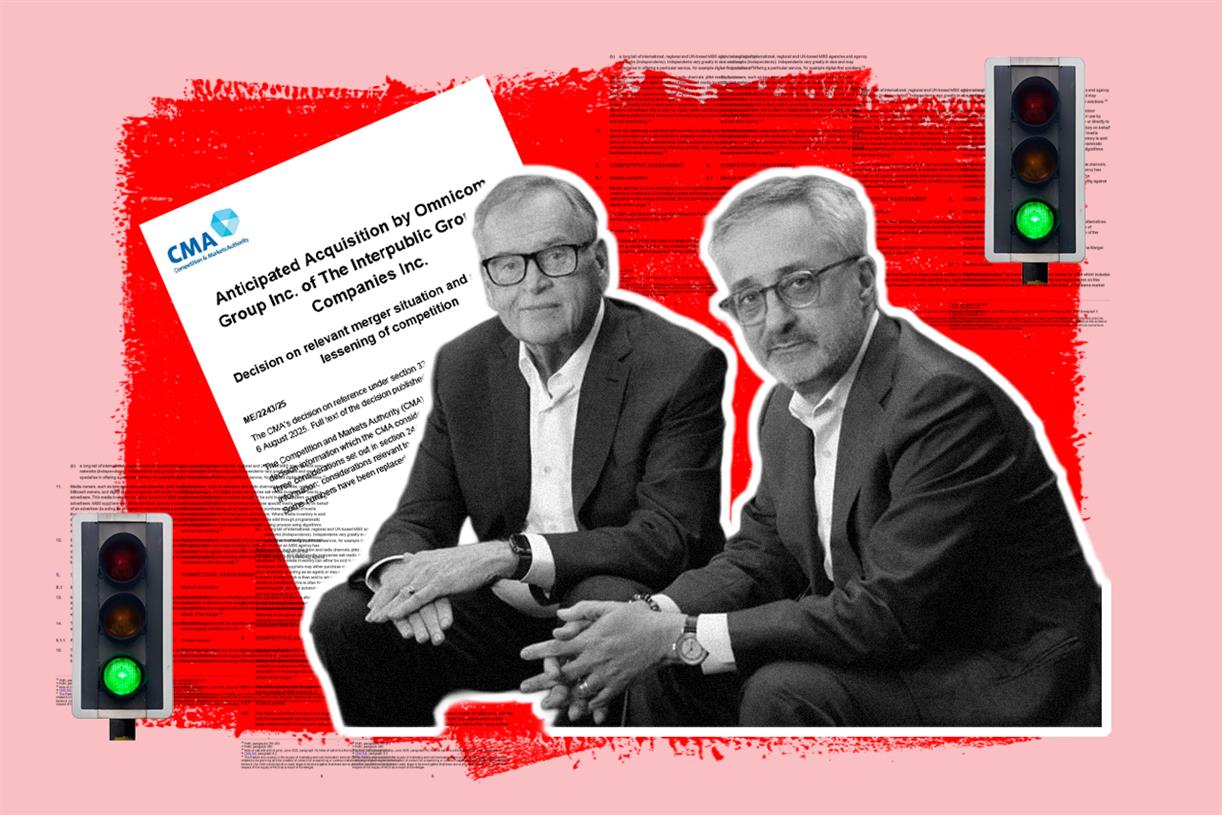Tribeca 2022 Women Directors: Meet Natalia Sinelnikova – “We Might As Well Be Dead”
Natalia Sinelnikova is a writer and director based in Berlin. Her short film “Weeping Willows” was screened at various international festivals. In 2016, she was a member of the Debut Film Jury of the Festival of East European Cinema...
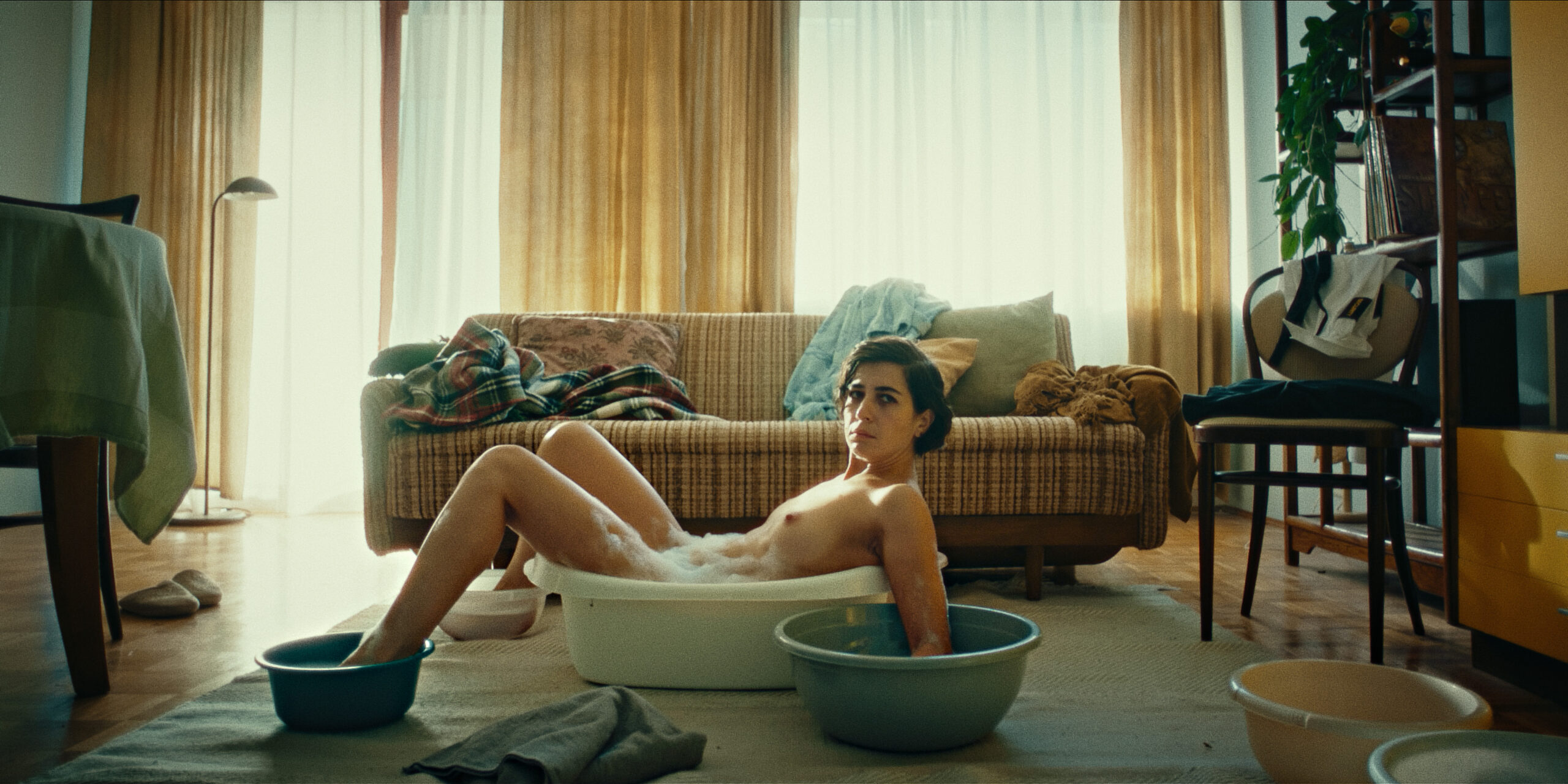
Natalia Sinelnikova is a writer and director based in Berlin. Her short film “Weeping Willows” was screened at various international festivals. In 2016, she was a member of the Debut Film Jury of the Festival of East European Cinema Cottbus and in 2021 was part of the ZFF Academy at Zurich Film Festival. She is a member of the Jewish artists’ network “Dagesh”.
“We Might As Well Be Dead” is screening at the 2022 Tribeca Film Festival, which is taking place June 8-19.
W&H: Describe the film for us in your own words.
NS: It’s a pretty dark social satire about the residents of an idyllic 10-story apartment building losing themselves more and more to fear.
W&H: What drew you to this story?
NS: It started with the place. I was fascinated by high-rise buildings, by this sort of anonymous village growing in height, and the spoken and unspoken rules about how you behave in the places of transit like an elevator or the staircase and so on. From that, the story evolved.
During the writing process with my co-writer Viktor Gallandi, we were intrigued by the power of fear to expose what is underneath surface social dynamics.
W&H: What do you want people to think about after they watch the film?
NS: I think it’s very individual. I don’t want to interfere in this process. And it’s also much more fun to find out how unpredictably the audience reacts. The most important thing for me is that people feel something and that the feeling keeps them thinking, maybe.
W&H: What was the biggest challenge in making the film?
NS: I think every film is somehow a miracle because there are so many things which have to work together and which you sometimes can’t control. We were shooting during the pandemic, during the second lockdown in Germany, with a very low budget and safety protocols, of course.
For us, the biggest challenge was to create this shifted reality, this different world under these circumstances and during a time when the shooting could be permanently suspended because of COVID.
W&H: How did you get your film funded? Share some insights into how you got the film made.
NS: The film is produced by HEARTWAKE films in co-production with Film University Babelsberg, where the film is also my graduation thesis project. We received public funding through the Leuchtstoff talent program by our regional fund Medienboard Berlin Brandenburg and the local public broadcaster RBB. Including deferrals and the universities’ in-kind investment with equipment and post facilities, the budget was around 300,000 Euros.
W&H: What inspired you to become a filmmaker?
NS: I remember that my parents woke me up in the middle of the night when I was five because there was a film on TV they loved and wanted me to see. Film has always been for me something magical and breathtaking, unsettling and comforting, an adventure and consolation.
It took me a while before I dared to start making films myself. I think I had my “call to adventure” during my culture studies in Hildesheim, where I studied photography and theatre. Frustrated with visitors’ short attention spans at a photography exhibition I helped to organize, I realized I wanted my audience to consume my stories for longer than 10 seconds. And then I started working on my first short film.
W&H: What’s the best and worst advice you’ve received?
NS: Hard Question. The best advice I can pass along is to trust your instincts and your way of working and not to change that only because others do it in a different way. Create the work environment where you can thrive and stay connected to your gut feeling.
The worst advice was the opposite of the good advice: change your way of working to better adjust to expectations, putting you in a box.
W&H: What advice do you have for other women directors?
NS: No matter how cheesy it sounds: Just be yourself. Don’t get distracted by some of the performances of power and competence we used to think we should adapt to just to be taken seriously. Shouting on set, for example, is just a waste of energy. Just be respectful and kind and find people who work in the same way. That’s it.
Funny story: I once went to a hairdresser and asked her to do something with my chaotic curls, explaining desperately to her that as director I need to look competent. She said there was nothing she could do. Still find it funny.
W&H: Name your favorite woman-directed film and why.
NS: There are so many great woman-directed films I find very inspiring. One of them is “Western” by Valeska Grisebach. I love this film because of its atmosphere, its tension, and honesty, and how the director implemented the Western genre in her very unique way.
W&H: How are you adjusting to life during the COVID-19 pandemic? Are you keeping creative, and if so, how?
NW: I’m always working on projects. I’m keeping creative by continuing to work. Working on my first feature during the pandemic was really helpful because I was completely absorbed by it, and the work kept me sane.
W&H: The film industry has a long history of underrepresenting people of color onscreen and behind the scenes and reinforcing — and creating — negative stereotypes. What actions do you think need to be taken to make Hollywood and/or the doc world more inclusive?
NS: I have worked only in Germany so far, so I can only tell you my thoughts from that perspective. First of all, it’s really important to have more scholarships and study funding programs to enable everyone to study filmmaking. In Germany, we don’t have to pay tuition, but students without money and privilege have to work for living costs. For example, I could only study directing because of a Jewish scholarship that supported me for a very long time. Mentoring programs are also very helpful: Mentors from the film industry can use their network to counteract inequality by helping people of color, people from the LGTBQ+ community, people with disabilities, and anyone who has experienced discrimination to gain a foothold and be perceived in the film industry.
And then I think it’s very important that people in power are constantly aware of class and race inequality when they make decisions about who should tell which story and who should be cast for it and why. And of course on the larger scale to ask the question of who is in charge of funds and who decides which stories are worth telling. That’s why an inclusion rider is a very important tool.

 JaneWalter
JaneWalter 








